* (Halloween countdown post #10)
______________
In 1964, Long Island housewife Helen Pfiel was arrested for handing out goody bags containing dog biscuits, steel wool pads, and arsenic laced ant traps to teenagers who she felt were too old to be trick-or-treating. Concerned parents contacted police and Phiel was arrested, taken in for psychiatric evaluation, and charged with child endangerment.

________________
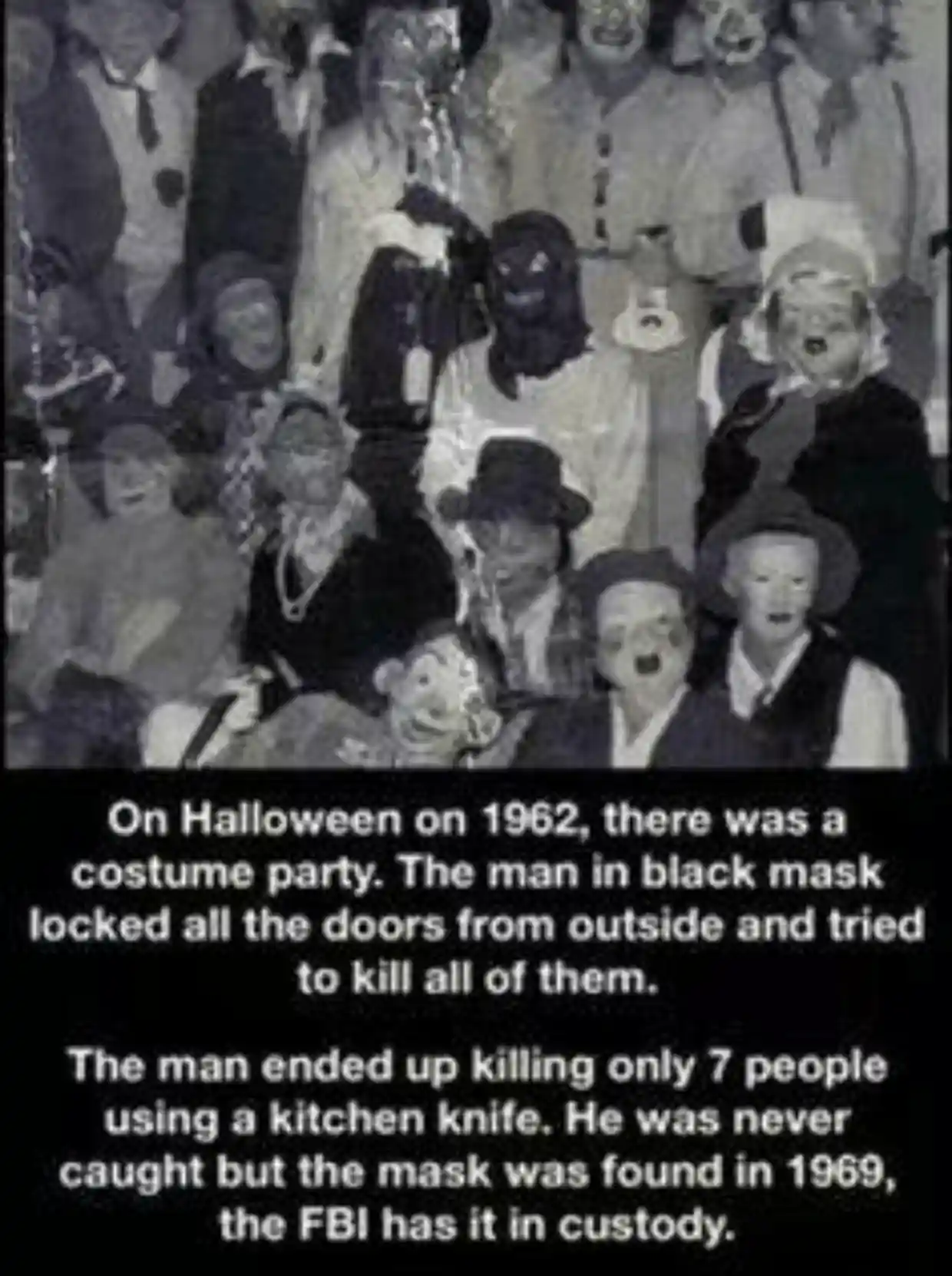
_________________
Authorities say 9-year-old Savannah Hardin died after being forced to run for three hours as punishment for having lied to her grandmother about eating candy bars. Severely dehydrated, the girl had a seizure and died days later.

______________

_________________
“We thought it was meth, but it turned out to be a Jolly Rancher.”
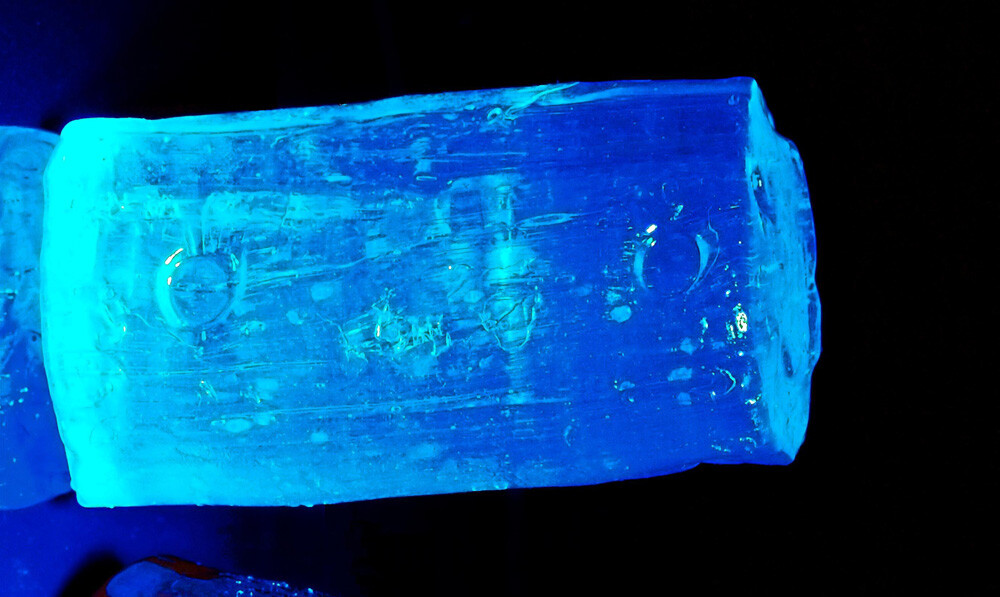
_______________
Teen Finds Razor Blade In Halloween Candy
________________
What looks like forensic microscope slides with drops of blood-like specimen, is actually made from sugar, corn syrup and red food dye. It’s cheap and easy to make and will stand out from other ghoulish candies.

_________________
Just before 10 p.m. on June 12, Adam Budge, 18, and Elijah Stai, 17, were hanging out at Budge’s East Grand Forks home when they mixed a white power — 2C-I — with melted chocolate and ate the drug-laced candy. They then went to a McDonald’s. An hour later, Stai began “freaking out” and acting as if he were “possessed,” foaming at the mouth, hyperventilating, and smashing his head against the ground. By 1:30 in the morning, Stai was dead.
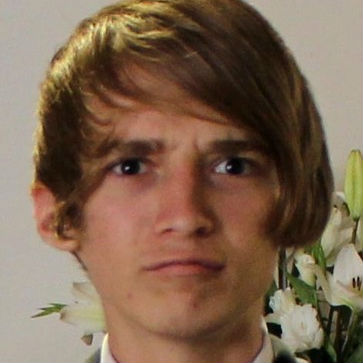
________________
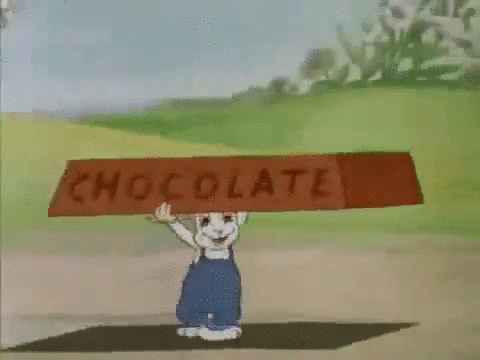
_______________
‘Kids have a greater chance of being fatally injured by a car on Halloween than any other day of the year, including the Fourth of July and New Year’s Day. State Farm, the nation’s leading auto insurer, teamed up with research expert, Bert Sperling of Sperling’s BestPlaces, to better understand the risk kids face as they take to the streets in search of treats. Sperling’s BestPlaces analyzed more than four million records in the Fatality Analysis Reporting System (FARS) from 1990 – 2010 for children 0-18 years of age on October 31. A description of the methodology follows the graphs below.’
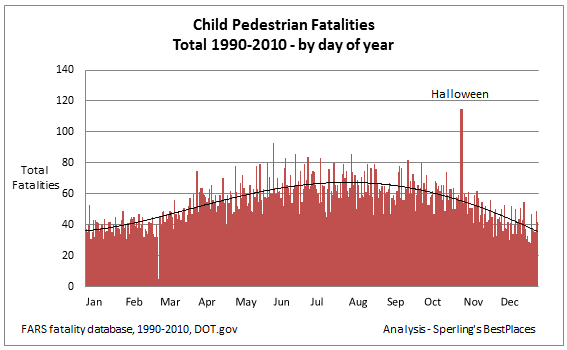
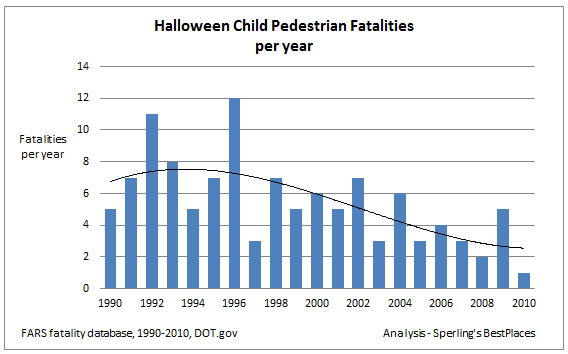
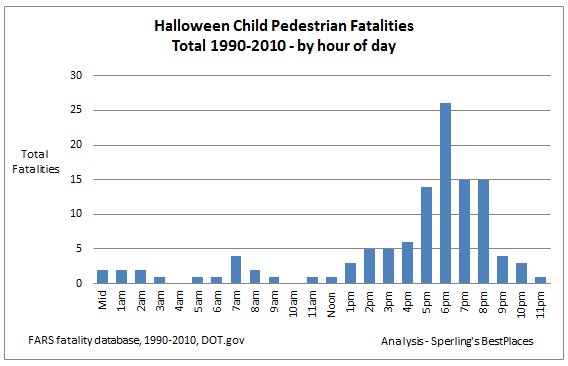
_______________
A woman with special needs who was thought to have died from natural causes was found with candy wrappers stuffed down her throat when her body was being embalmed. When 70-year-old Kathleen Mcewan’s body was found at her apartment in Roxborough, Philadelphia, there were not thought to be any suspicious circumstances surrounding her death. However, when undertakers attempted to embalm her body the next day they discovered up to 10 inches of candy wrappers stuck in her throat.

_________________
‘A mass of mostly young people celebrating Halloween festivities in Seoul became trapped and crushed as the crowd surged into a narrow alley, killing at least 149 people and injuring 150 others in South Korea’s worst disaster in years. The crowd of people had flocked to the place to get candies laced with drugs that were being distributed at the area’s nightclubs.’
______________

______________
‘Think of the strangest possible uses for candy and you still probably wouldn’t guess that people are eating blue rock candy made to look like meth and feeding leftovers from last year’s Halloween stash to the cows. Farmers explain that they mix the candy with, “an ethanol by-product and a mineral nutrient.” Debbie Hall, owner of an Albuquerque candy shop called “The Candy Lady” is selling candy that is meant to look like meth. The candy, dubbed “meth candy,” is in honor of the television show Breaking Bad’s blue drug. Apparently Breaking Bad fans are all too ready to participate in a fake score as they’ve been buying up “meth candy” by the baggy.’

_______________
Four days after Halloween 1970, Kevin Toston, a native of Detroit, died of a drug overdose. A drug analysis initially showed Kevin’s candy to be laced with heroin and quinine in powder form, but investigators later discovered that Kevin had stumbled upon his uncle’s drug stash and had accidentally poisoned himself. The family, fearful of charges of child neglect, sprinkled Kevin’s candy with the drugs in order to protect the uncle. No charges were filed.
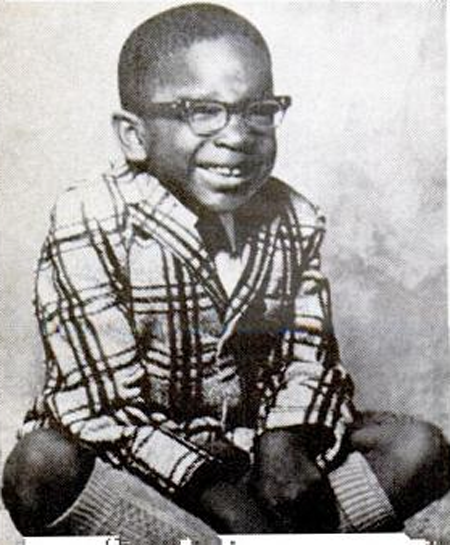
______________
Have you visited IKEA lately? I could not believe yesterday in their food hall they have packets of marshmallow sheep with the title of GODIS SKUM. I have written a complaint and advised it should be rebranded. 99 kr
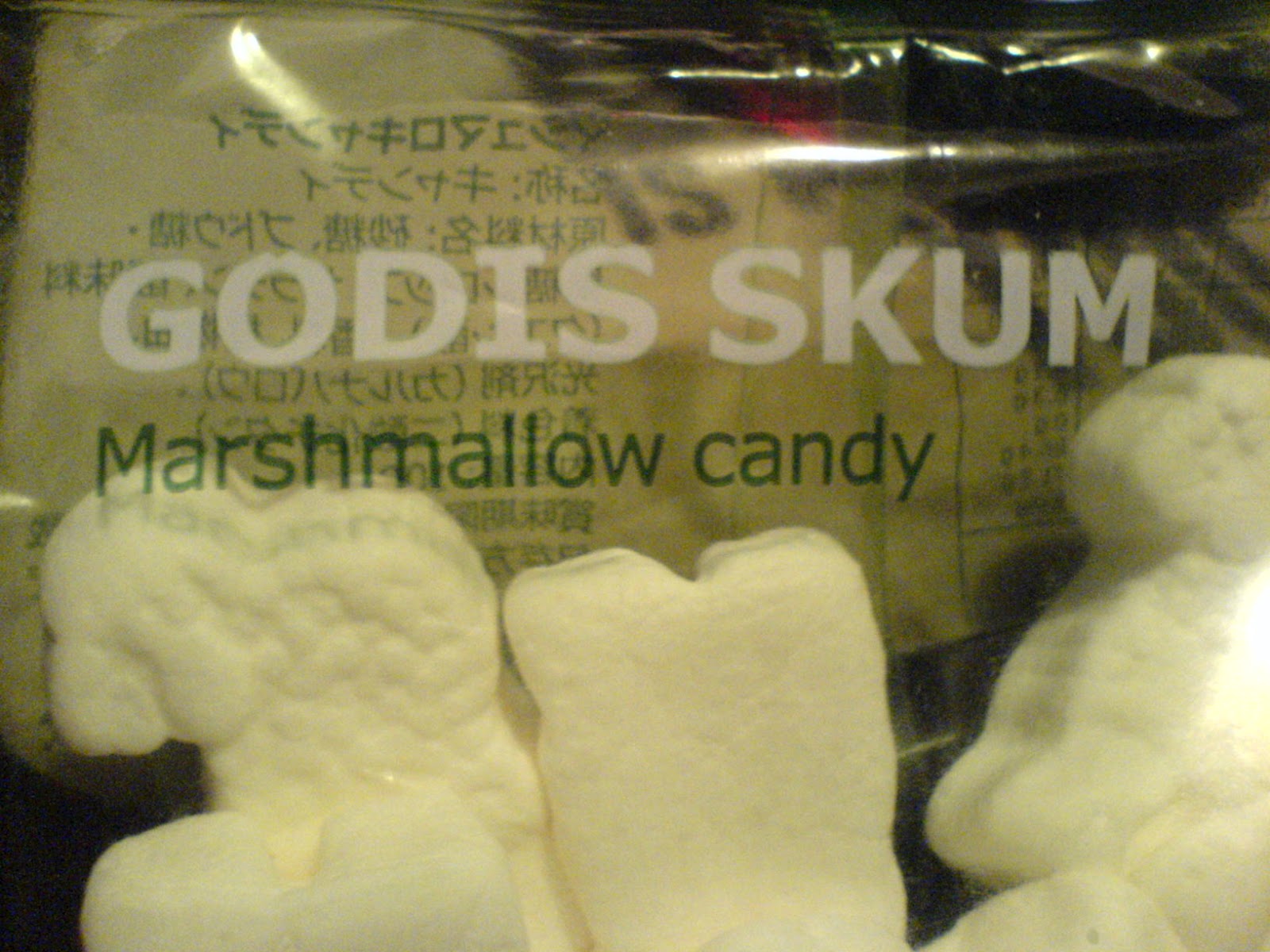
________________
Spirits were high for Rakesh alias Guddu and his three cronies. They were attending a marriage party on the lawns of the Jehangirabad Palace, which adjoins the district magistrate’s residence in Hazratganj. A video clip (now with the police) clearly shows Guddu dancing away on the lawns, whipping out his gun occasionally and firing in the air. It was perhaps for a break or on an impulse that he left for the candy store located on the same premises, some 50 yards away from the lawn. The youth came in the store around 11.30 pm. The candy store had already put up a closed sign outside its door as it usually does at 10.30 pm, though it does entertain families who might drop by after that hour. When they asked for a cassata candy attandant informed them it wasn’t available. At which, Rakesh stepped ahead, took out his pistol, placed it on the 20-year-old Raghuraj’s temple and shot him dead.

________________
The Barfo Family Candy was unleashed by the Topps bubblegum company in 1990. The armless & legless torsos featuring an unhappy, nauseated, white bread family, with their heads mounted on accordion-like shaped bodies containing a delightful glop- like gel/”candy” (ingredients: sugar, water, glycerin, gelatin, citric acid, potassium sorbate, artificial flavors, artificial colors). $99.00
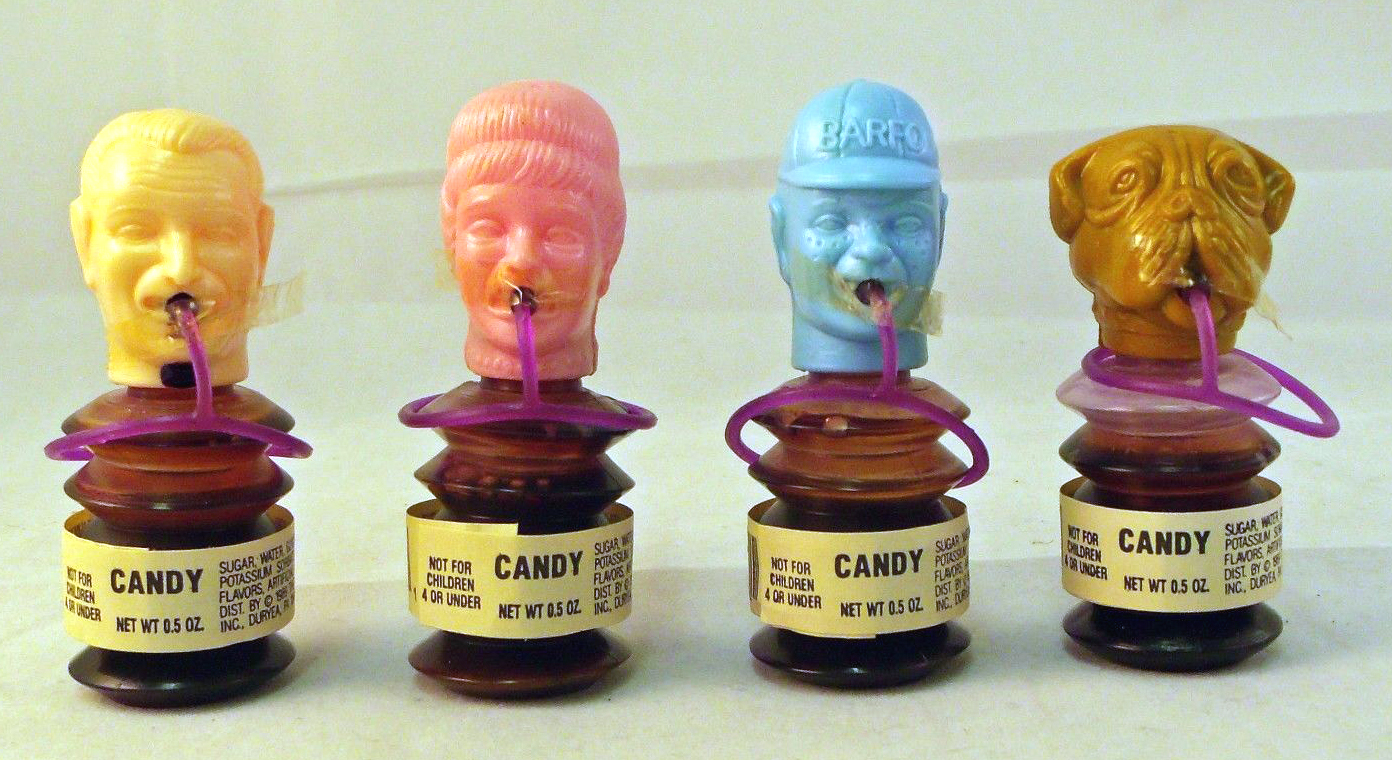
_____________
‘Fifty-five-year-old John Douglas White was messed up in the head. Apparently having exhausted all the other dirty stuff on the internet, he turned to watching snuff videos and ones of people violating corpses. And this gave him what he thought was a brilliant idea: He would kill Rebekah Gay, his 24-year-old neighbor, and violate her dead body. In the early hours of Halloween in 2012, he drank four or five beers to get liquid courage. Then he broke into Gay’s mobile home and knocked her unconscious with a mallet. He strangled her with a zip tie and, once she was dead, undressed her. Then he was seemingly too drunk to finish his sick mission because he told cops he couldn’t get it up. So instead White just disposed of the body.’

___________
‘In 1957, salon owner Peter Fabiano thought his love triangle problems were over. He had just reconciled with his wife, Betty, who he had split with over her adulterous relationship -– with a woman. In the ’50s this was beyond scandalous. Newspapers referred to lesbians as “abnormal” and saw them as “murderous degenerates.” Betty had been in a relationship with Joan Rabel. And Joan did not take being dumped well. She set out to get revenge on the man who had stolen her girlfriend, but she didn’t want to do the killing herself. For over a month she talked about Peter to her friend Goldyne Pizer. Despite the fact Goldyne had never met him, she said she “built up an intense hatred for him” because Joan painted Peter as “a vile, evil man who wanted to destroy all people around him” and deserved to die. On Halloween they sat in a car outside the Fabianos’ house. Eventually Goldyne, dressed in a costume and mask with the gun in a paper bag, went to the door and rang the bell. When Peter answered, expecting trick-or-treaters, she shot him dead.’

_______________
A Denver man accused of shooting his wife while she was on the phone with 911 dispatchers had eaten marijuana-infused candy before the incident, authorities say. Investigators reportedly found receipts for “Karma Kandy Orange Ginger” and said he appeared under the influence of drugs during an interview. Kristine Kirk, 44, was shot in the head Monday almost 13 minutes into her call with 911 dispatchers. Police had not yet arrived at the time of her shooting. Throughout the call, the AP reports, Kirk said her husband, who was reportedly hallucinating and asking her to shoot him, had frightened her and her children.

________________
‘On Halloween in 1981, 17-year-old Johnny Frank Garrett got drunk and high on LSD. He broke into a convent, allegedly to steal a stereo, but it ended up being a million times worse. While there, he went into the bedroom of 76-year-old Sister Tadea Benz and raped her. Then he stabbed and strangled her to death.’
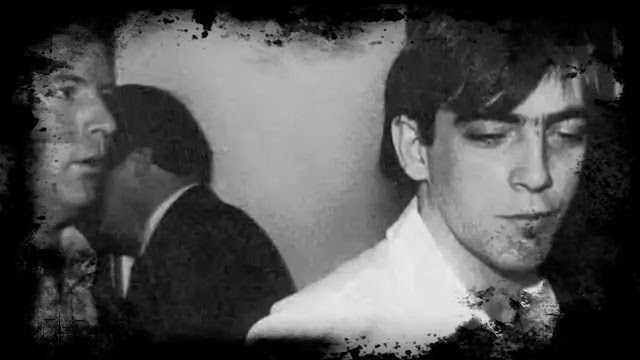
_______________
In 1974, 8-year-old Timothy O’Bryan died as a result of eating cyanide-laced Pixy Stix given to him by his own father, who likely wanted to collect on a large insurance policy. The dad had poisoned 4 other children’s Pixy Stix as well to make the act appear “random,” but none of the other children ate the poisoned candy.
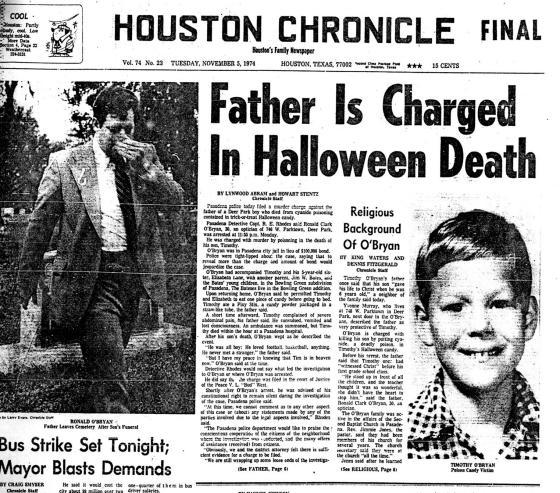
_______________
Taste testing odd Halloween candy. I forgot to rate the last candy, but you could easily tell what the rating was.
________________
Peppermint Broken Glass Candy: When my dad got home, he actually thought I had bought some weird glass sculpture and freaked out. Then, to make it even better, I smashed the whole ‘glass sculpture’ with the rolling pin right in front of him. Recipe

________________
One of the killers of a father-of-three has boasted about the cowardly murder on Facebook from prison – saying ‘I kill people for candy’. Curtis Delima, 22, was convicted of murdering 47-year-old Mark Witherall in April 2008, along with his smirking and sniggering teenage accomplices Mark Elliott and Gerry Cusden. The trio who were accused of behaving like a pack of hyenas as they kicked the builder to death after he refused to give them Halloween candy at his home in Whitstable, Kent, in October 2007.

_______________

________________
The Candy Bar is an item used for the Homeless sidequest in Silent Hill: Downpour. It can be found in three different locations depending on the puzzle difficulty. The candy bar must be given to Homer, the homeless man in the Pearl Creek underground entrance, to complete the sidequest.

______________
John P Roberts, 55, a thief out on bail, strangled girl, six, to death and hid her body under his bed after luring her to his motel room with Halloween candy.
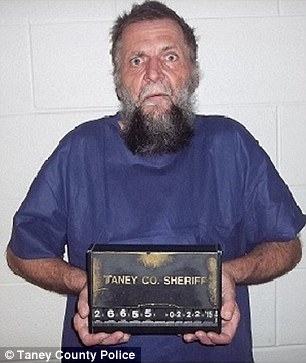
________________
After many long years, the hugely popular candy ramen set has returned and it’s much improved! Form the candy dough into the dumpling press, add the stuffing and squeeze! Next come the ramen noodles that magically solidify as they hit the soup! $2.99
________________
On Tuesday, WSB-TV in Atlanta reported that the Waka Flocka Flame affiliate and Brick Squad Monopoly member Slim Dunkin was shot in an altercation that began over a stolen piece of candy. “The information we’re getting, it’s unconfirmed, but witnesses are saying this whole thing started over a piece of candy,” homicide detective David Quinn told “Action News” on camera. According to witnesses, Dunkin, born Mario Hamilton, grabbed a piece of candy from another man while inside an Atlanta recording studio, which led to an argument and then a fistfight. The scuffle ended with Slim being shot once in the chest. He was then transported to Grady Hospital, where he was pronounced dead.

______________
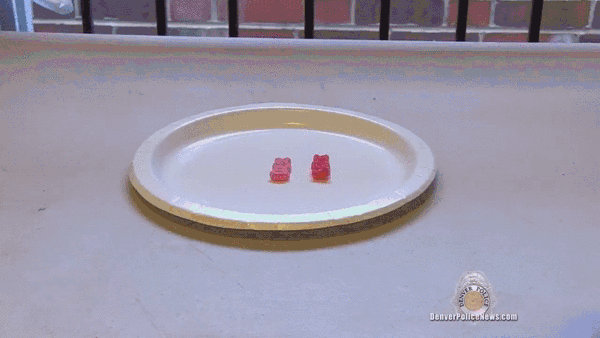
______________
‘On Halloween 2010, Ohio teenager Devon Griffin returned home from Sunday church services to find his brother Derek, mother Susan, and Susan’s new husband, William Liske, murdered. Devon was so traumatized he could only say that the scene was like “something out of a haunted house.” The culprit was found to be William Liske’s son from a previous marriage, William Liske Jr., who had a history of schizophrenia and aggression. Liske was later picked up and pleaded guilty to all three murders. He took his own life in prison in 2015.’
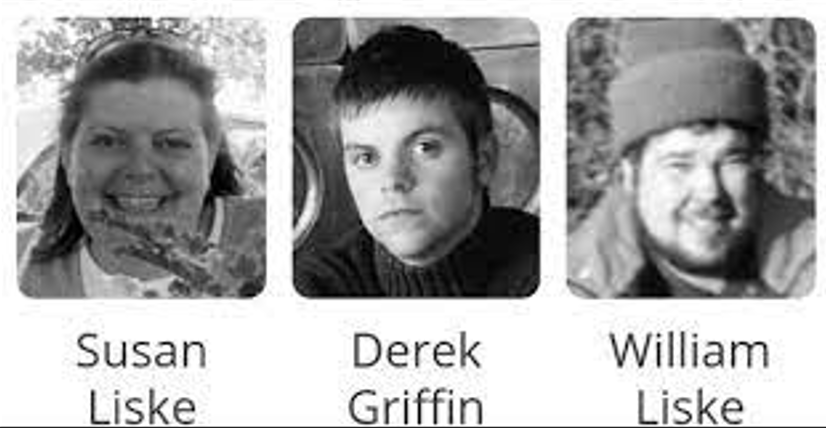
_______________
Murder, Inc. as they were dubbed by the sensationalist press of the day were a loose coalition of gangsters based out of Brownsville, Brooklyn in the 1930s and early 1940s. Though its members were involved in a variety of illicit activities including loan sharking, prostitution, gambling, bootlegging and labor racketeering, they became infamous for their role as the New York syndicate’s so-called “execution squad.” However, their reach extended far beyond the East Coast, they were implicated or suspected in numerous killings across the United States, as far away as Florida, Los Angeles and Detroit. Based out of a 24 hour candy store called Midnight Roses at Saratoga and Livonia Ave in Brownsville, its members were always on call at a moment’s notice to go to an assignment once the directive was handed down. The candy store was located under the elevated train that brought many people too and from Manhattan.
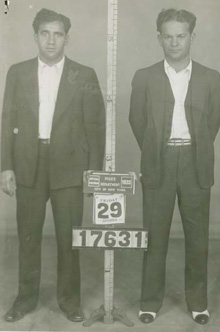
________________
‘A teenager who died after being beaten unconscious on Halloween was dressed as a zombie and covered in fake blood the night of her killing. Taylor Van Diest, 18, of Armstrong, British Columbia in Canada, died in hospital on Monday. She had been found unconscious near some railway tracks after a search by police, friends and family. Royal Canadian Mounted Police said on Friday there are still no suspects in the case.’

_________________
Happy Halloween+ My Halloween Candy! YUM!
________________
In 2000 James Joseph Smith, 49, of Minneapolis had handed out candy bars that he had put needles in. He was later charged with one count of adulterating a substance with intent to cause death, harm, or illness.

______________

_________________
Presently the kiddies can get in on all the CSI fun with their consumable Crime Scene Candy Tube. Each one tube is loaded with drinkable goodness in three flavors: Blood, Urine and Saliva. Yes, that is Blood, Urine and Saliva. $5.00

________________
A man who killed his daughter by attacking her with a baseball bat as she was eating her Halloween candy pleaded guilty to second-degree murder on Wednesday. Robert Kelly, who told police he was “a little too in the Halloween spirit”, went into the bedroom of his 20-year-old daughter Megan at their home in Oxford, Michigan and beat her to death in May last year. A police dispatcher testified: ‘I asked him if he knew who did it. And he stated, “Yes, I did.”

_______________
‘Chris Jenkins was a 21-year-old student at the University of Minnesota who was last seen leaving a downtown Minneapolis bar on Halloween night in 2002. Four months later, his body was discovered in the Mississippi River, still wearing his Native American Halloween costume. Since Chris was intoxicated that night and he appeared to have drowned, authorities initially believed his demise was either an accident or self-inflicted. Finally, in 2006, the death was reclassified as a homicide. Police claimed that an incarcerated suspect told them he was present when Chris was slain, then thrown off a bridge into the river. There’s never been enough evidence to file charges. However, one possible theory is that Chris Jenkins could have been a victim in the mysterious and unsolved “Smiley Face Murders.” These bizarre killings involved approximately 40 male college students in the United States who all drowned. In some of these cases, unexplained “smiley face” graffiti was found near the body of water where the targets turned up.’

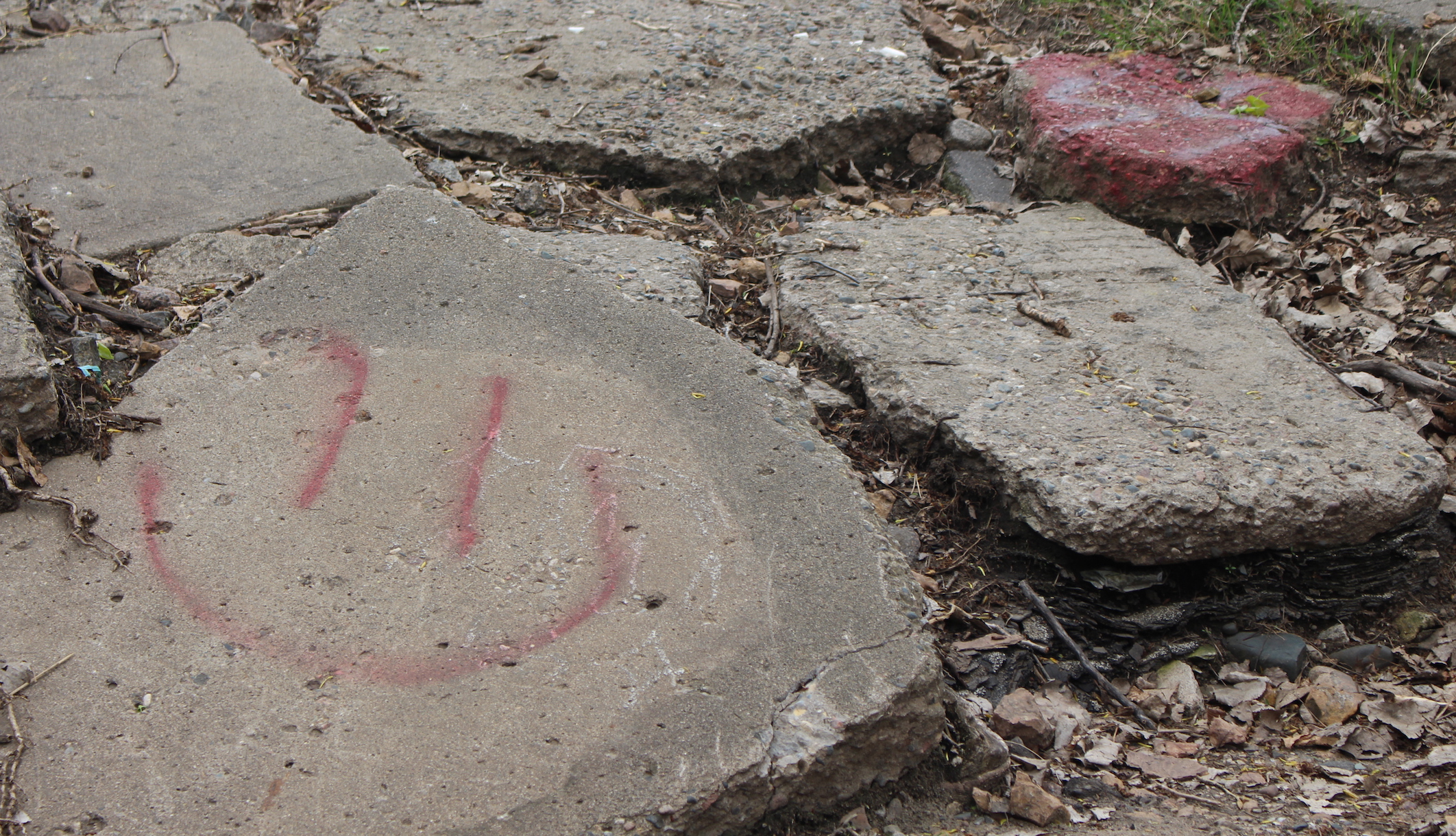
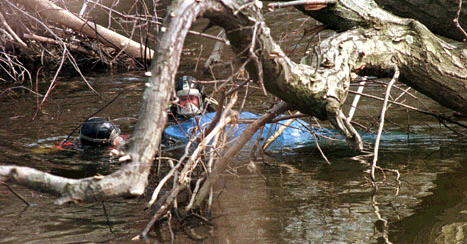
_______________
Heaven Sutton murder 6/27/2012 Chicago, IL: Shot to death while selling candy in front of her house.

_________________
‘Pictured are a set of false eyelashes Cindy Song wore as part of her Halloween costume. Cindy returned to her apartment and left behind some belongings–including these lashes–before leaving again for an unknown purpose. She hasn’t been seen since.’

______________

________________
Prosecutors believe they have a CRUCIAL piece of evidence that proves Aaron Hernandez murdered Odin Lloyd. Prosecutors say they can prove Hernandez stopped at a gas station hours before the murder and purchased gas, cigarettes and BLUE COTTON CANDY FLAVORED BUBBLICIOUS BUBBLE GUM. After Odin was murdered, investigators say they found a shell casing in his rental car that matched the caliber of the bullet used to kill the 27-year-old … and next to the casing — A CHEWED PIECE OF BLUE COTTON CANDY FLAVORED BUBBLICIOUS BUBBLE GUM.

_______________
‘When firefighters in Glens Falls, New York, got a call about a house fire, they did what they’d always do − rush over to put the flames out. But when they showed up at this home, they were surprised to learn that the home was not actually burning down. “To our surprise, this was a Halloween decoration,” the local firefighters union said. The decorations that fooled even these professionals made it look like flames were engulfing the inside of the home. The impressive illusion was achieved using two LED lights, a box fan, and a silver sheet. A fog machine was also used.’
_______________
Robert Durst, the real-estate heir accused of urinating on a Texas CVS cash register and candy rack when he was picking up a prescription, is one of the strangest cases of a rich man gone off the rails. On Tuesday, after arranging for Durst to turn himself in to authorities in connection with the alleged incident at the drug store, Lewis once again defended his client, whom he said suffers from a form of autism known as Asperger’s syndrome. “He wasn’t arguing with anybody and he didn’t seem agitated,” Houston police spokeswoman Jodi Silva told The New York Post, adding that she did not know what the prescription was for. “He just peed on the candy. Skittles, I think.”
________________
‘Justin Benson was out knocking on the doors of strangers’ homes Halloween night, but he wasn’t interested in bagging a load of candy. Unlike the thousands of children in Redding and Anderson who made the rounds for Halloween trick-or-treating, the California Department of Corrections parole agent was making sure registered sex offenders were complying with the terms of their release from prison. Sebastian Desean Frank Schneible, 23, was arrested on suspicion of violating the terms of his parole because he was dressed up in a Halloween costume and was trick-or-treating in an area where there were other children around, Hallagan said.’

_______________
Eric Morse, who was 5 in 1994, was asked by some older boys in his Chicago neighborhood to steal candy for them. He said no. He didn’t want to steal. The older boys, who were 10 and 11 at the time, determined that Eric, who was growing up in a home marked by frequent parental absence, must be punished for his honesty. The older boys led Eric to an abandoned apartment on the 14th floor of the Ida B. Wells housing project, a high-rise building that had the reputation of being a home base for drug dealers. They led Eric into the empty apartment. It is where they would execute Eric. The older boys then picked the 5-year-old up and threw him out a window. Eric’s body dropped 14 stories.
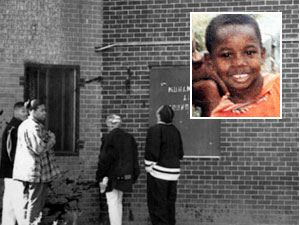
_______________

*
p.s. RIP Dwight Twilley, singularly great songwriting auteur and inexplicably undervalued genius-level rock stylist. Huge favorite of mine. ** Dominik, Hi!!! Bad Sim, ha ha, you nailed it. Being a self-marketing expert would be ultra-helpful and yet heavy self-promoters make me cringe, but then again if one was a true expert at it, others wouldn’t even realise one was self-marketing, and that could work. IC-B is one of a kind. Very addictive. Misanthrope is a pro proofreader. Maybe love can schmooze him into helping you out. Darn. Love cancelling the death of Dwight Twilley, G. ** _Black_Acrylic, Seek and ye shall find, or whatever they say. Someone just recommended ‘Nightmare Alley’ to me the other day. The stars seem to be aligned. Yeah, I too love that Kylie remix. Yeah, they were a blast on vinyl, etc. ** Charalampos, Apparently you were right about the Fassbinder. I haven’t read ‘More Women Than Men’, but I don’t think she wrote a non-must read book, and the title is promising. Well, there’s this biography of IC-B, but I haven’t read it. Have fun unloading your books. Do you organise alphabetically, or … ? Brisk vibes from the P. ** Steve Erickson, Okay, so it is still practiced. I’m surprised. Sorry it didn’t right your friend. I’ll find the Olaf Dreijer EP, thanks. Did you … resolve the mess, dare I ask? ** scunnard, Hey, Jared! Lovely to see you. I’m good, head entirely inside finishing our film. Hope it isn’t Covid and purely a glitch in your famous imagination, or I guess that it’s a breezy version if so. People here are supposedly getting it too, but I don’t know anyone who has (yet). I saw that 3:AM thing alerted on FB. I hope to read it today. Everyone, 3:AM celebrates the great Jared Pappas-Kelley’s recent book ‘Stalking America’, whose birth had a Day to itself here on the blog, with an excerpt and an interview with the maestro himself. Highly recommended. Thanks, J., and I hope you’re feeling perfect again. ** Mark, Hi, Mark. Amazing that you’ve started shooting. Really exciting. I’m all film here. Seeing Brian Eno in concert — his first ever live shows — next week. Hitting up the Experimental Film Festival with expected mixed results. Wow, wild, cool about Printer Matter selling out. Crazy. Oh, yes, SoCal Haunt List is my Bible around Halloween when I’m in LA. I don’t know if you sw that I did my own more illustrated SoCal Haunt list on the blog a couple of weeks ago. If you missed it, it’s here. Whole lot of local Haunt possibilities for you there if you need more. xo from over here, Dennis. ** Jeff J, Hey, Jeff. Right, I should have updated the purchasing option in the post. So sorry, terrible about your arm pain and its consequences. It’s been a long time. I hope the surgeon can fix you beginning with a quick glance. Thank you for the reminder. I’ve been so film -beset that I haven’t listened to the EP yet, and I’m excited to. Everyone, Jeff Jackson has a wonderful band and … I’ll let him take over … ‘(t)here’s a new Julian Calendar EP featuring aggressiveDrum n Bass samples and a New Wave ballad with string quartet. We tried to push ourselves into real different sonic terrain. Plus a fab remix by our own Steve Erickson that marries industrial + ambient. It’s here. Congrats, pal. My ears will very soon be its. I’m good. We’re in the midst of nailing down the final edit of the film so we can then proceed to the final phase of the technical stuff. All is well, apart from the massive financial woes part. We’re waiting to hear back from the two festivals we’ve submitted to. If we were to get into the more prominent of the two, where we only have a very small chance, that could really help with the fundraising. I think once we get the edit nailed, I’ll be able to get back into the short fiction collection, or that’s my plan. Thanks for asking, pal. Feel so much better. Love, me. ** Cody Goodnight, Hi, Cody. I’m doing alright. Yes, my scarf has become part of my buttoned up coat again. Lovely. Don’t know that ‘Whistle and I’ll Come to You’ adaptation. I’ll seek. I’m going to an art fair today and seeing an old friend. The rest of the say is mysterious crapshoot at this point. Have an amazing one. ** Audrey, Hi, Audrey! Of course I remember you. Thank you so much for filling me in about you. I sure understand the living vicariously through art thing. Bigly. Do you make art yourself, or do you aspire to? I’m imagining so? I don’t know what I can do, but if here/I can help with the strengthening, here/I would be honored. Your strength is pretty evident already. Oh, I was super into Bob Dylan when I was younger, a teen and past that. I found one of my lifelong heroes, Arthur Rimbaud, via seeing Dylan mention him in an interview. I kind of faded out on paying close attention to his work after ‘Blood on the Tracks’. That wasn’t due to any diminishment in him or anything, just changing tastes in myself or something. So I haven’t even heard the recent work that everyone I know seems to think very highly of. I should really investigate his recent records, no? Or what do you think of his recent work? Where should I start, etc.? If you don’t mind. It’s really cool talking with you. I hope I’ll get to do that a lot more. Love from me! ** Okay. Halloween proper is back on the blog courtesy of my annual holiday-specific news and candy-oriented post/gazette. Catch up, and I’ll see you tomorrow.
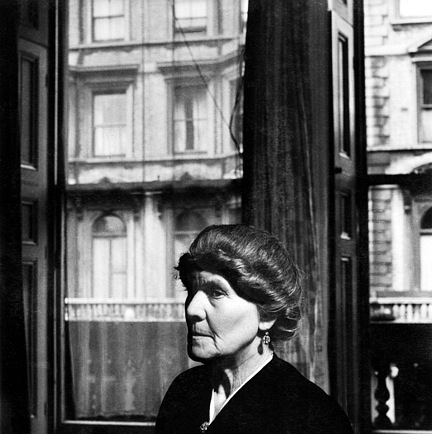











 Ivy Compton-Burnett The Present and the Past
Ivy Compton-Burnett The Present and the Past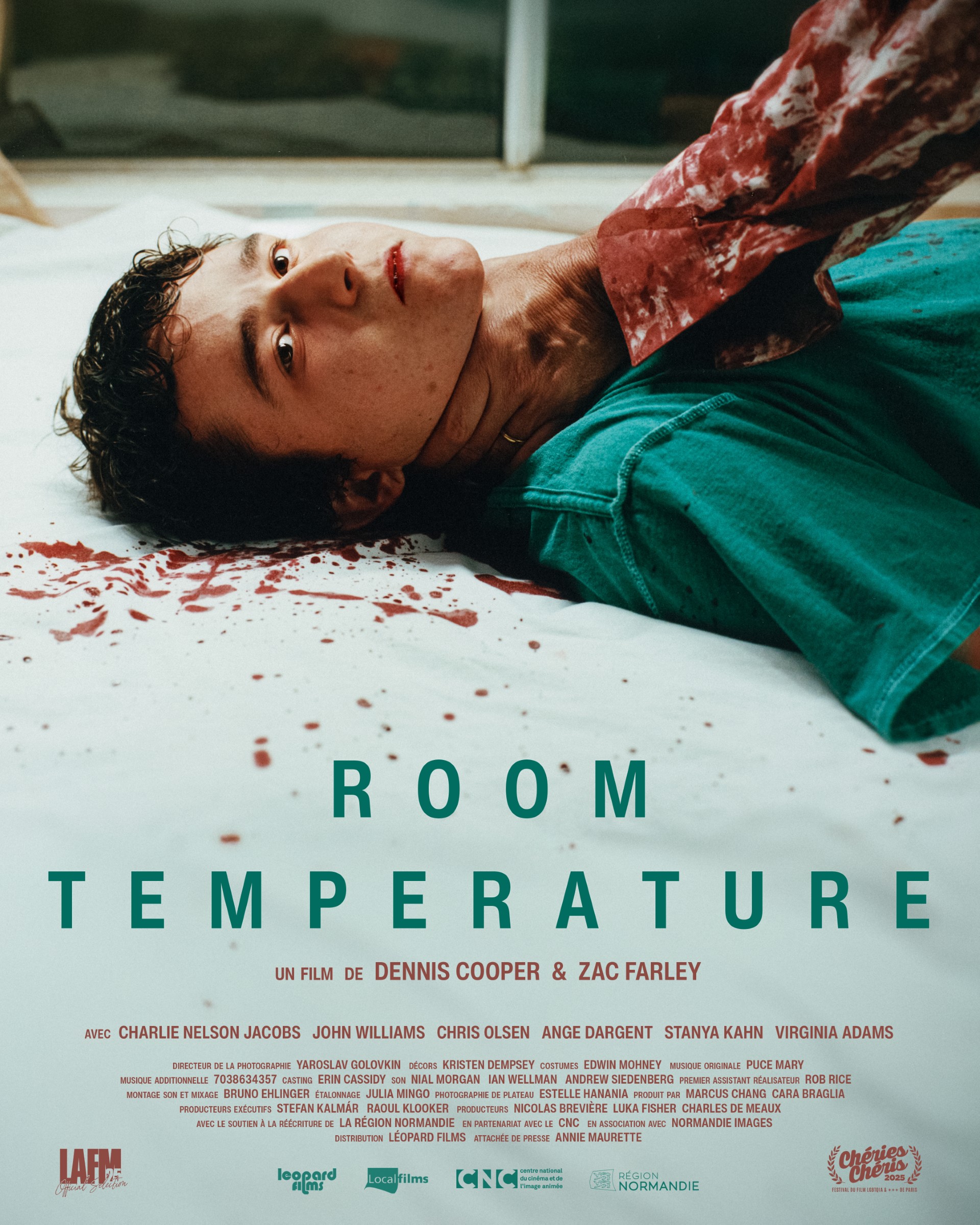



 Now available in North America
Now available in North America 